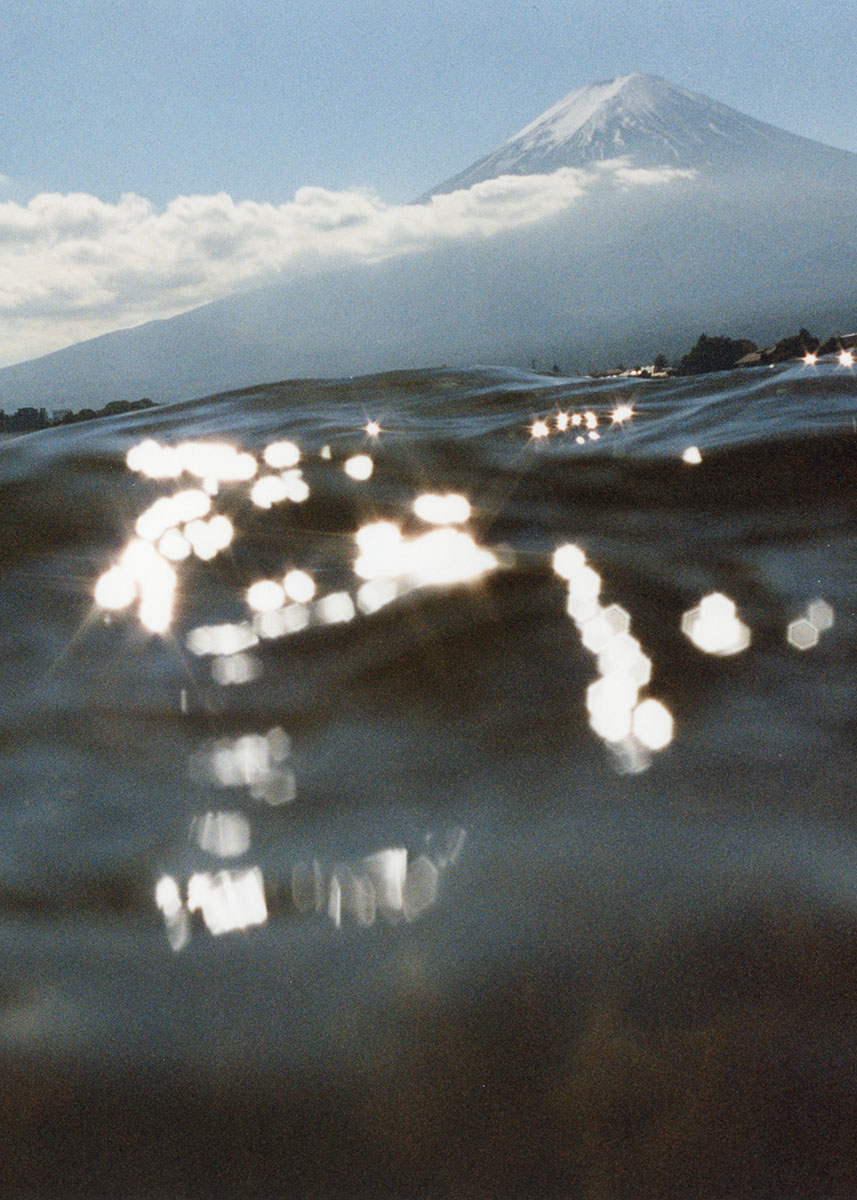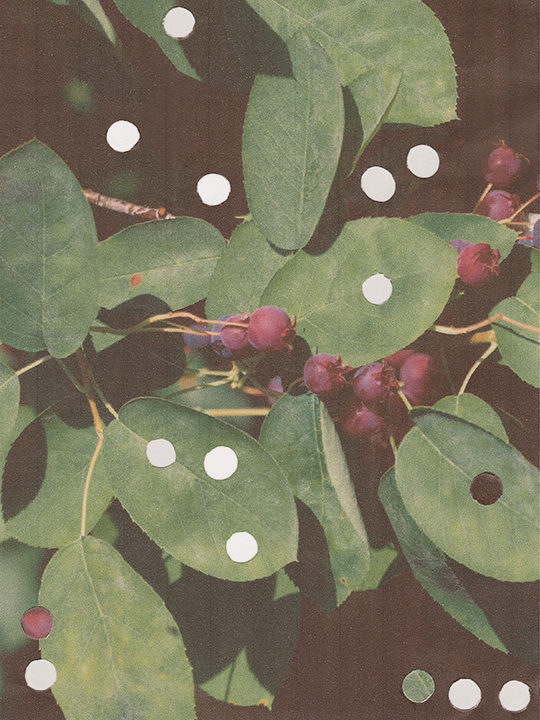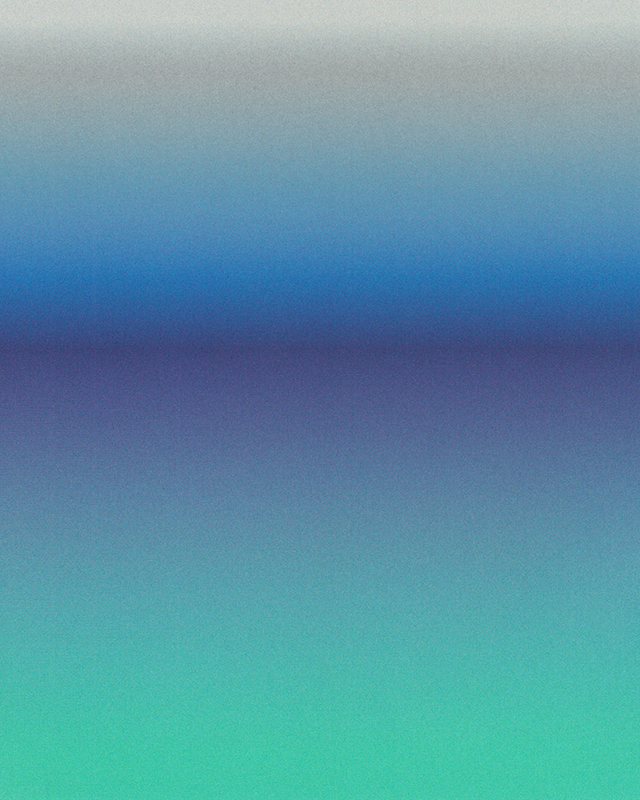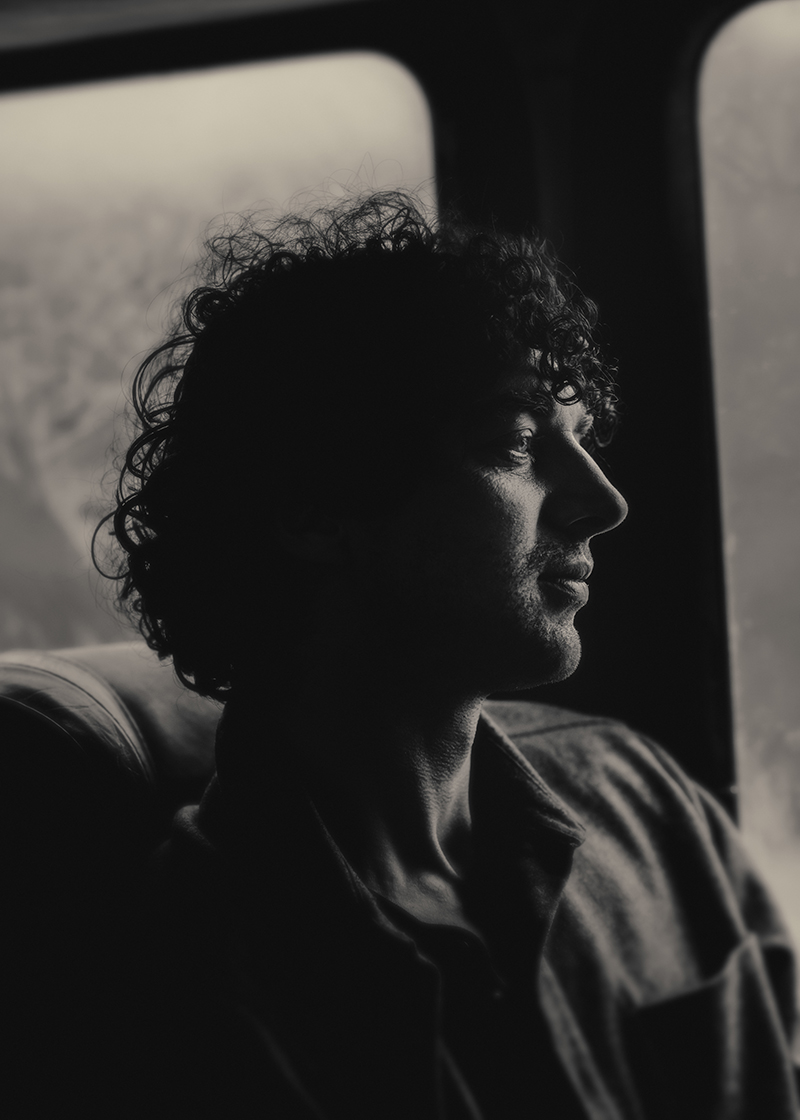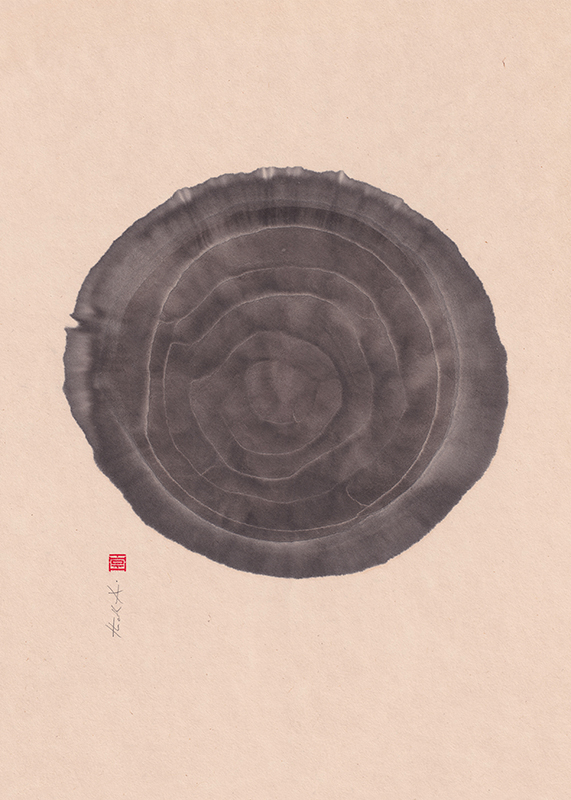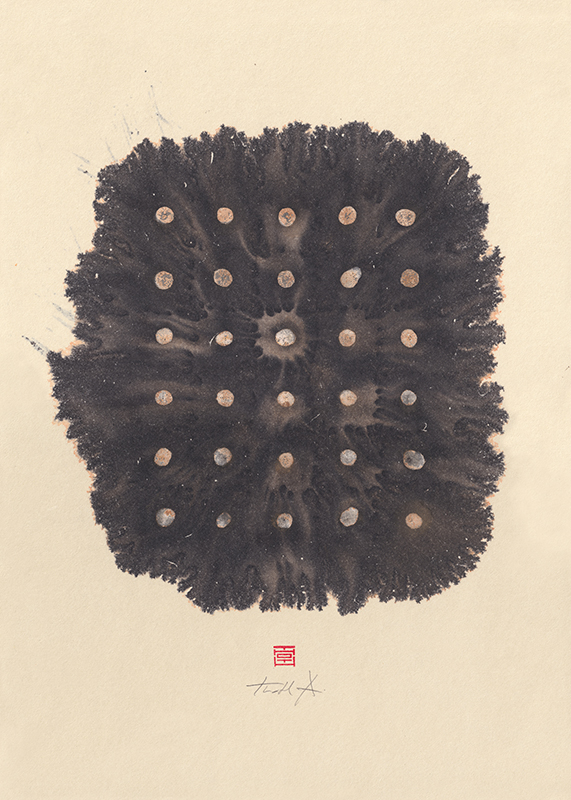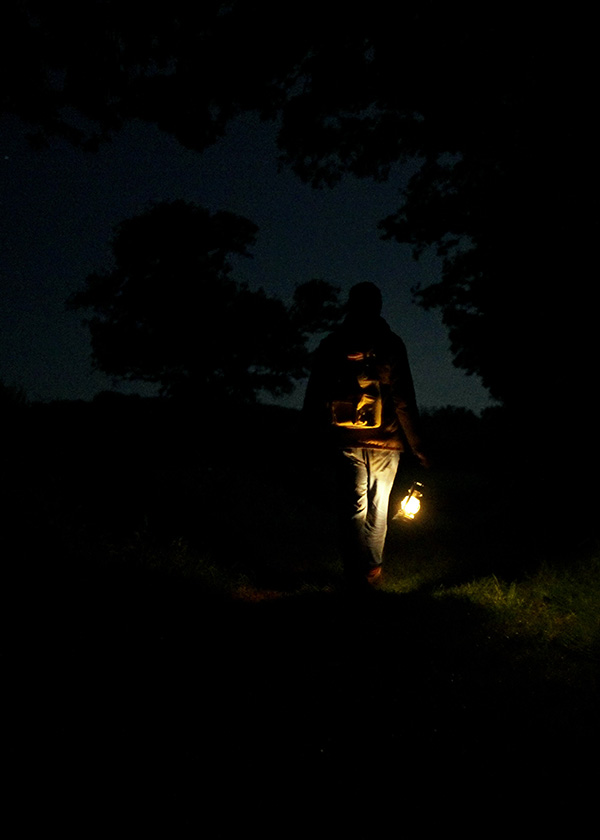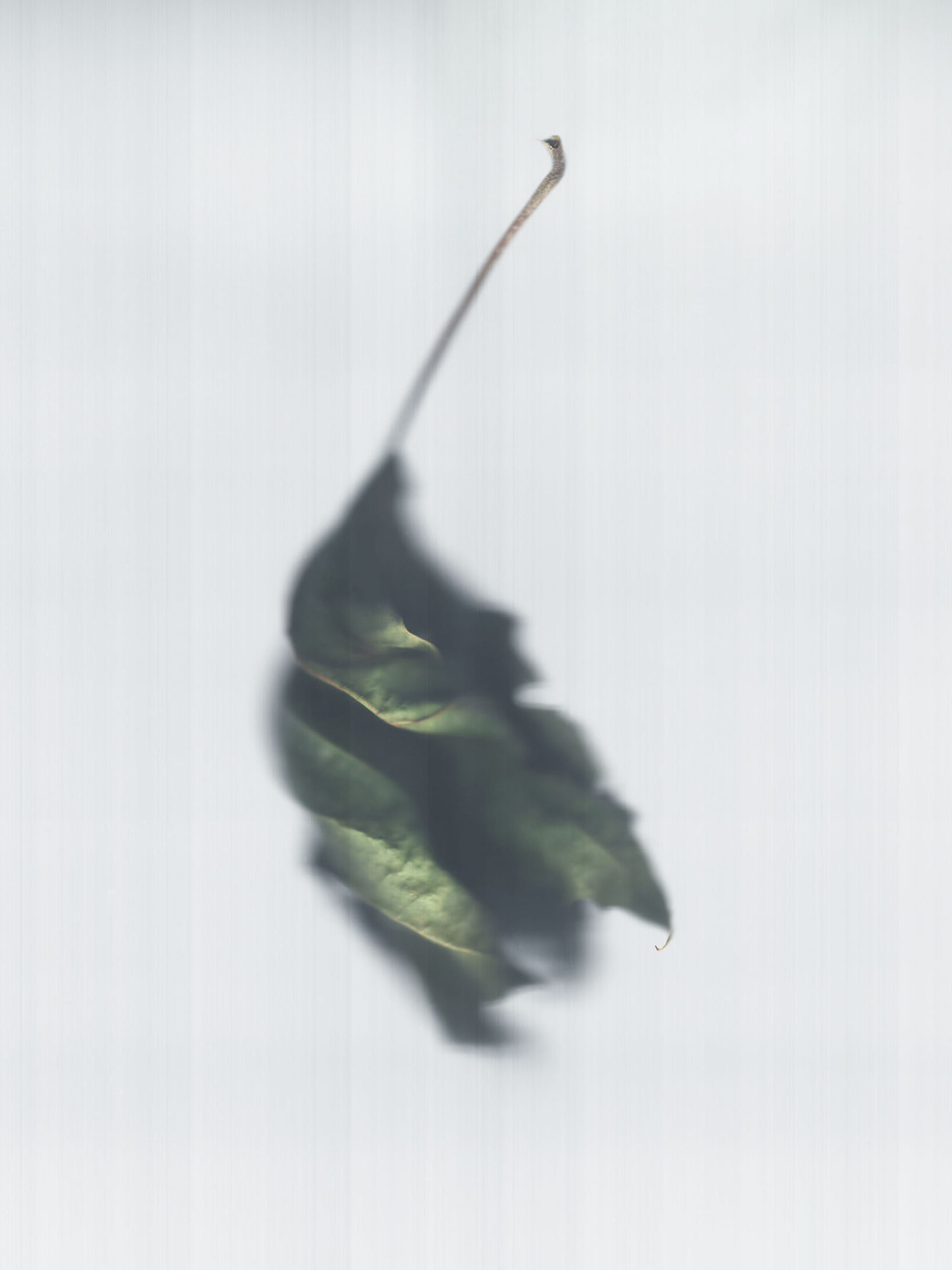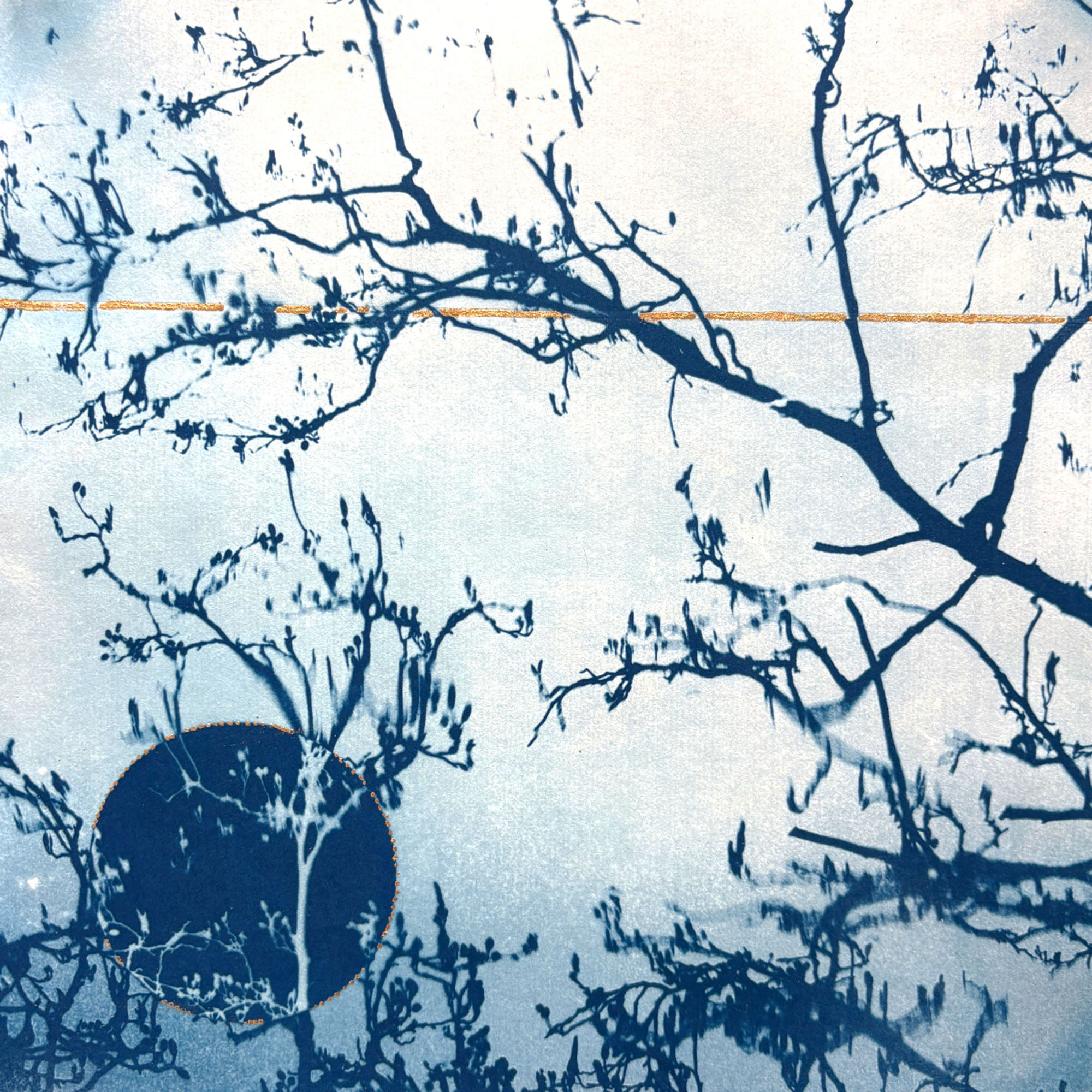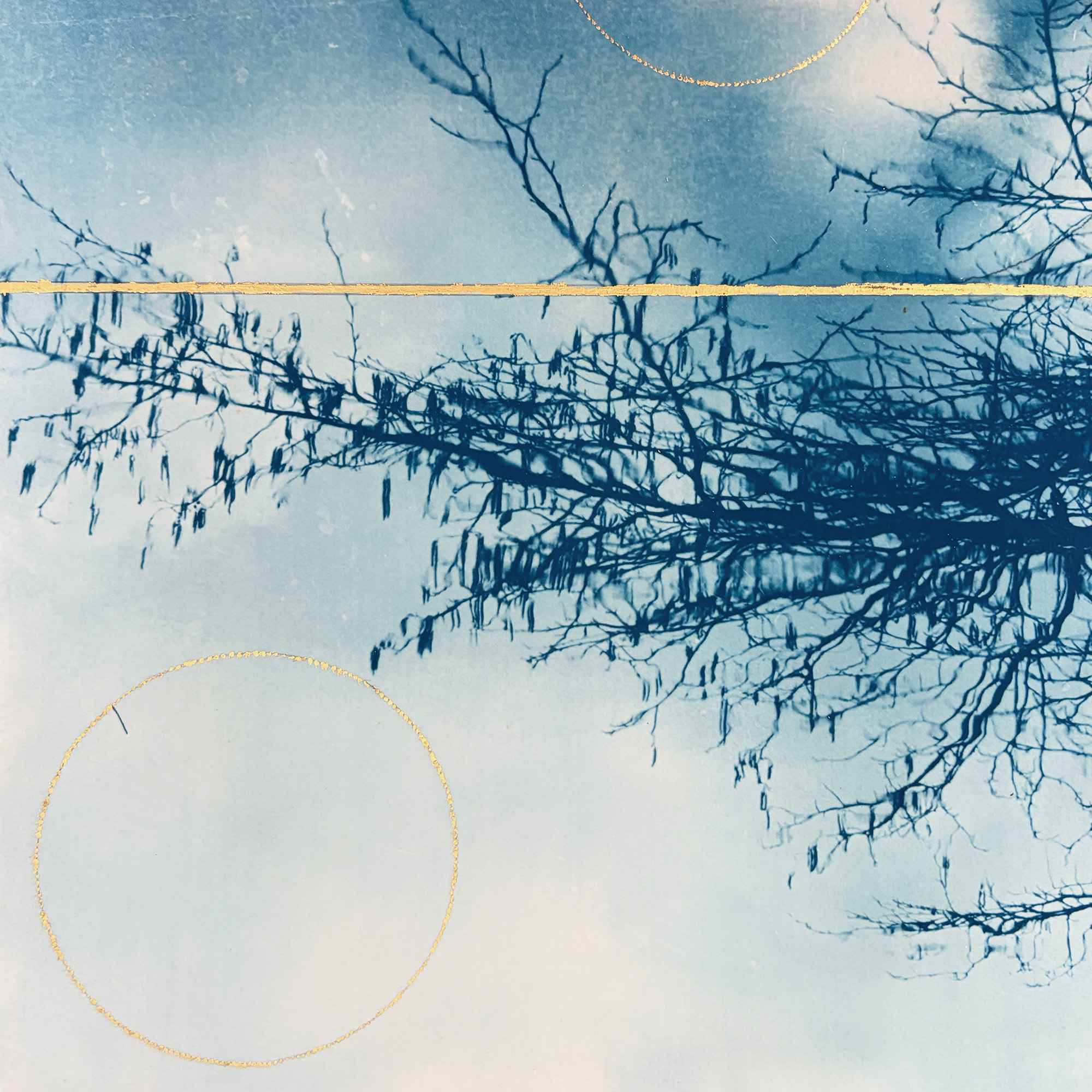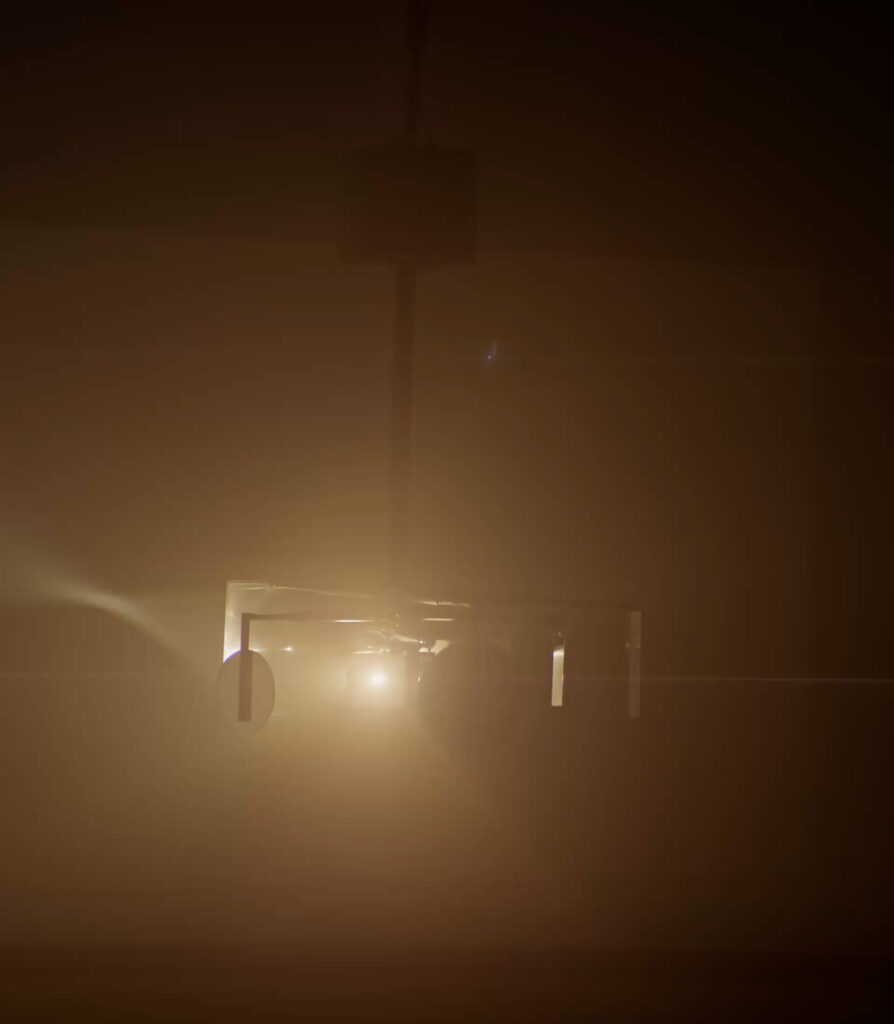
Five Studies on Light
Light is in everything we see, yet its nature is elusive. This interactive film sets you in motion around five dynamic spatial installations that immerse you in light, the most essential element of the seasons.
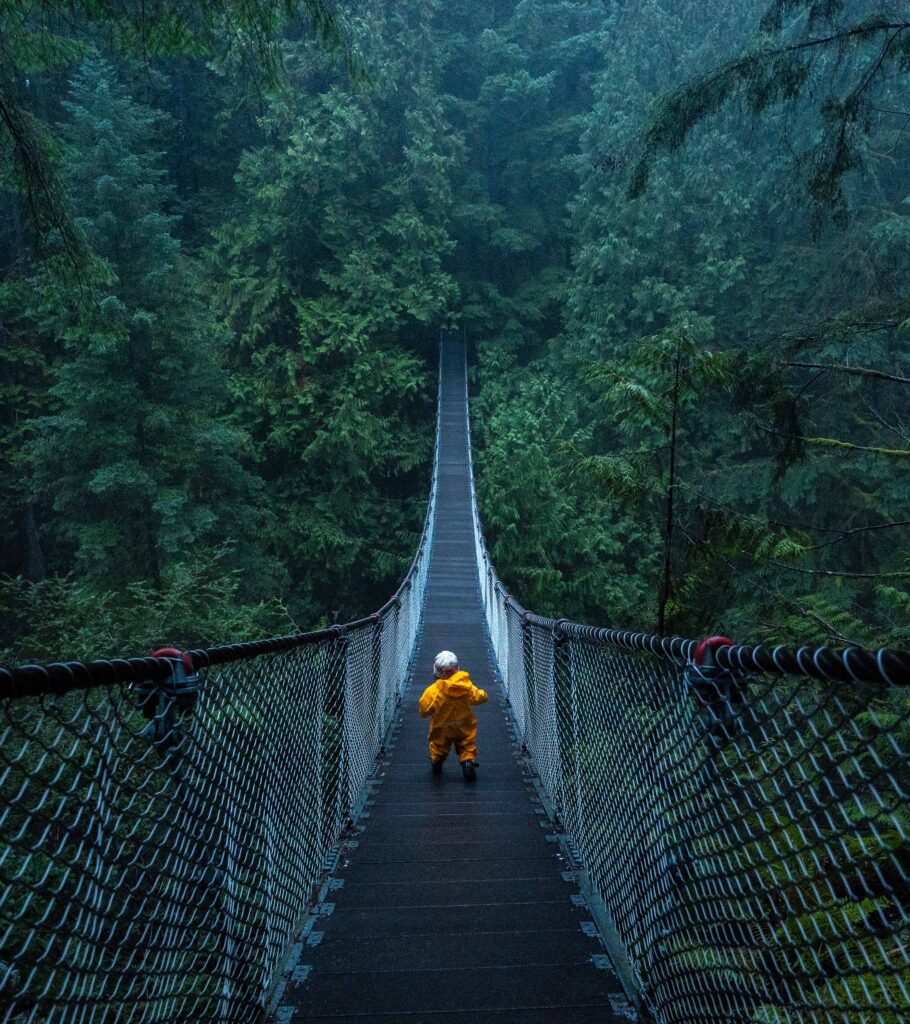
Seasoning a Kid
A Search for a Practice of Place
Filmmaker adam amir takes his young son Rumi out to meet each season with practices welcoming the return of snow, migrating animals, blossoms, and berries.
Letter from the Editor
The seasons are a primary gateway connecting the human world with the ongoing revelation of creation, renewal, growth, decay, and death that underpins the cyclical nature of the more-than-human world. Each season, regardless of how it manifests and expresses itself in a specific place, offers a myriad of experiences that can deepen the ties of kinship and reciprocity between the human and the more-than-human, while also creating wonder, awe, fear, and, ultimately, a reverence for the living world.
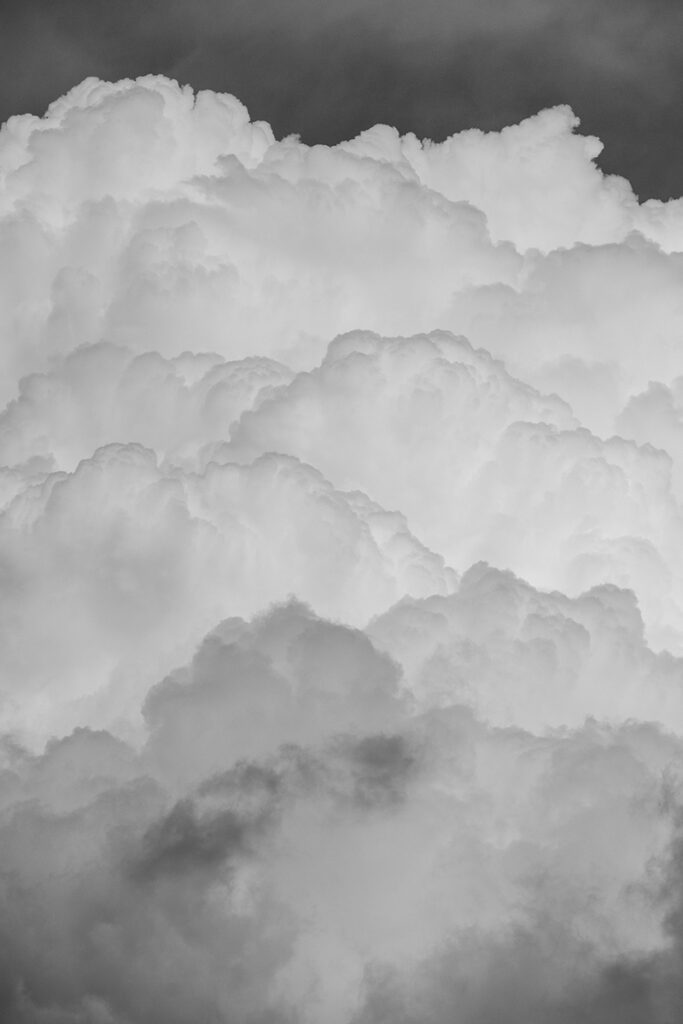
Photo by Bear Guerra
The modern world, with its mechanization, systemization, and technological prowess has dampened our ability to live attuned to the seasons. Today, most of us live a life insulated—literally and figuratively—from the subtleties and nuances of their cyclical nature. And when the birds who once marked the beginning of Spring are becoming silent, when Summers are so hot that crops wither and die, when the trees that have shed their leaves in the same land for millennia come Autumn are moving north, when a land of snow has none in Winter, what even is a season?
Change is afoot, and yet amid this change the seasons still turn, albeit to a different tune. Despite our best efforts to ignore them, the gateway to kinship they offer still beckons. The seasons, in their unpredictability, in their state of flux, and in their grief are calling to us to pay attention; to again return to a space of receptivity and connection and reverence for the cycles of life they embody. If we hear their call and turn our gaze again towards them, how should we respond? How do we return to an ancient understanding of the nature of seasonality, of place, and of cycles? How should we celebrate cycles and seasons and life in a dying world? What must evolve and change and how?
Emmanuel Vaughan-Lee
Executive Editor
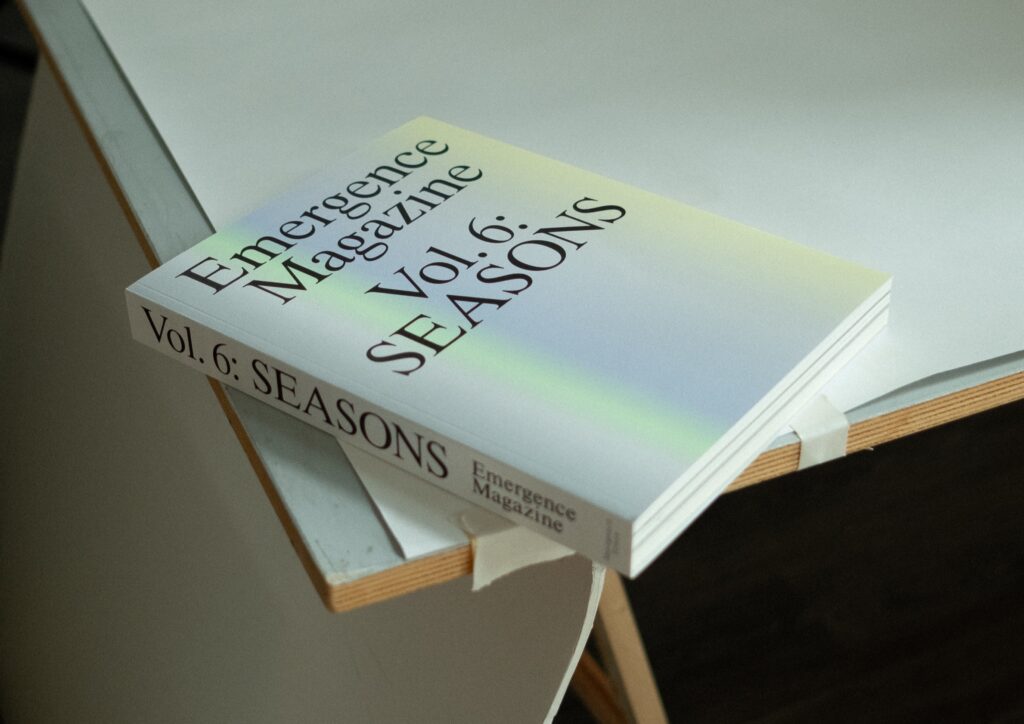

Our Annual Print Edition
Reflecting a world where snow no longer arrives, migrations fall out of time, yet first blossoms still burst, Seasons, our sixth print edition, moves through three themes: requiem, invitation, and celebration, each a contemplation on the paradoxical ways the seasons now beckon us into intimate relationship with the Earth.
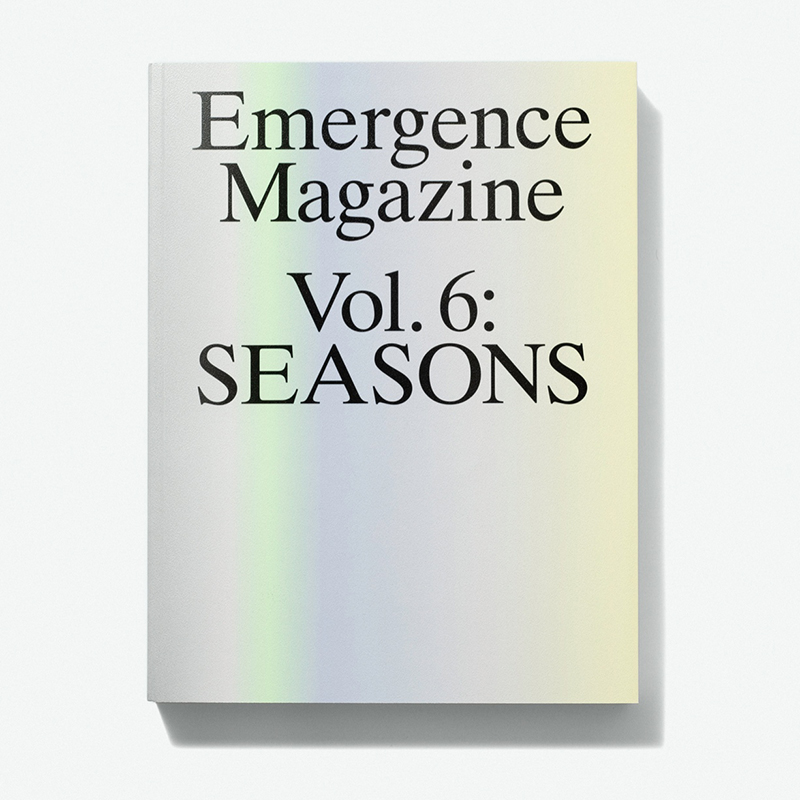
ENGAGE
Seeds of Radical Renewal Fellowship
An Incubator for Emerging Leadership
Remembering Earth: A Spiritual Ecology Retreat
Sharpham Trust, Devon, UK
Remembering Earth: A Spiritual Ecology Retreat
Whidbey Institute, Washington State, US
Remembering Earth: A Spiritual Ecology Retreat
King Parrot, Victoria, AU
Remembering Earth: A Spiritual Ecology Retreat
Monastère de Ségriès, Haute-Provence, France
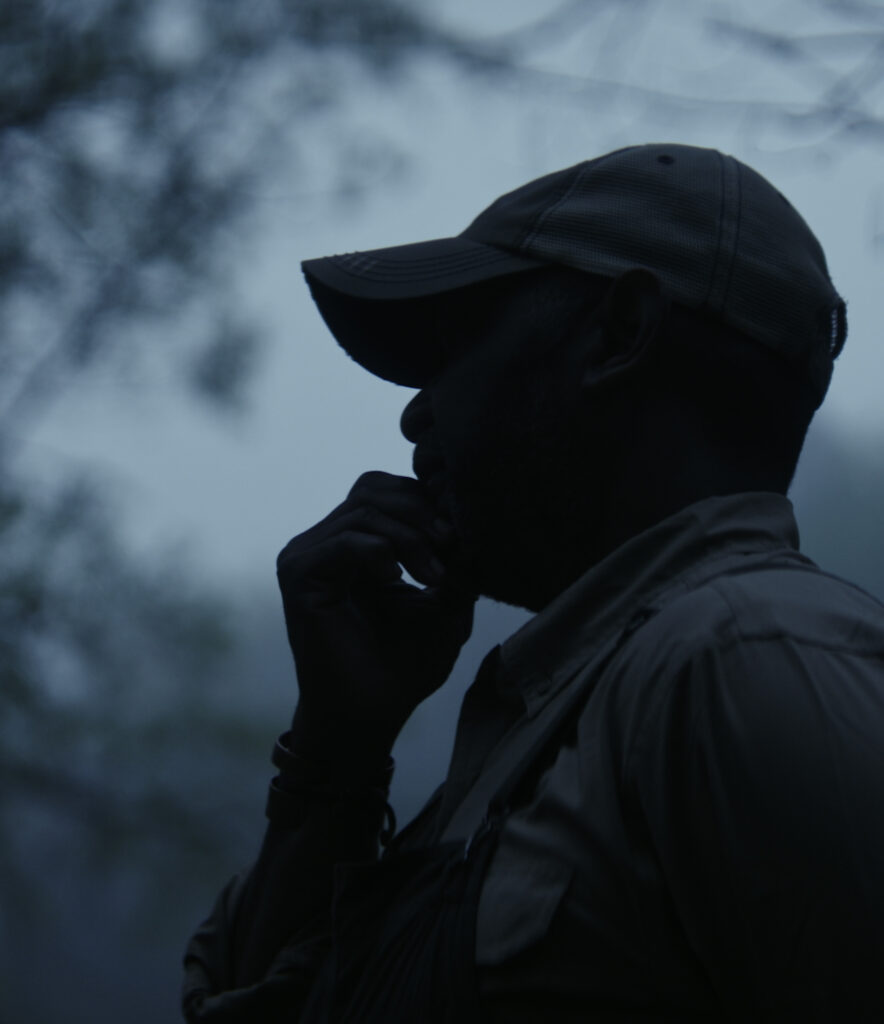
A Mystical Ornithology
Poet and ornithologist J. Drew Lanham engages in reverent exchanges with the birds that stop over at his home in rural South Carolina during their seasonal migrations.
